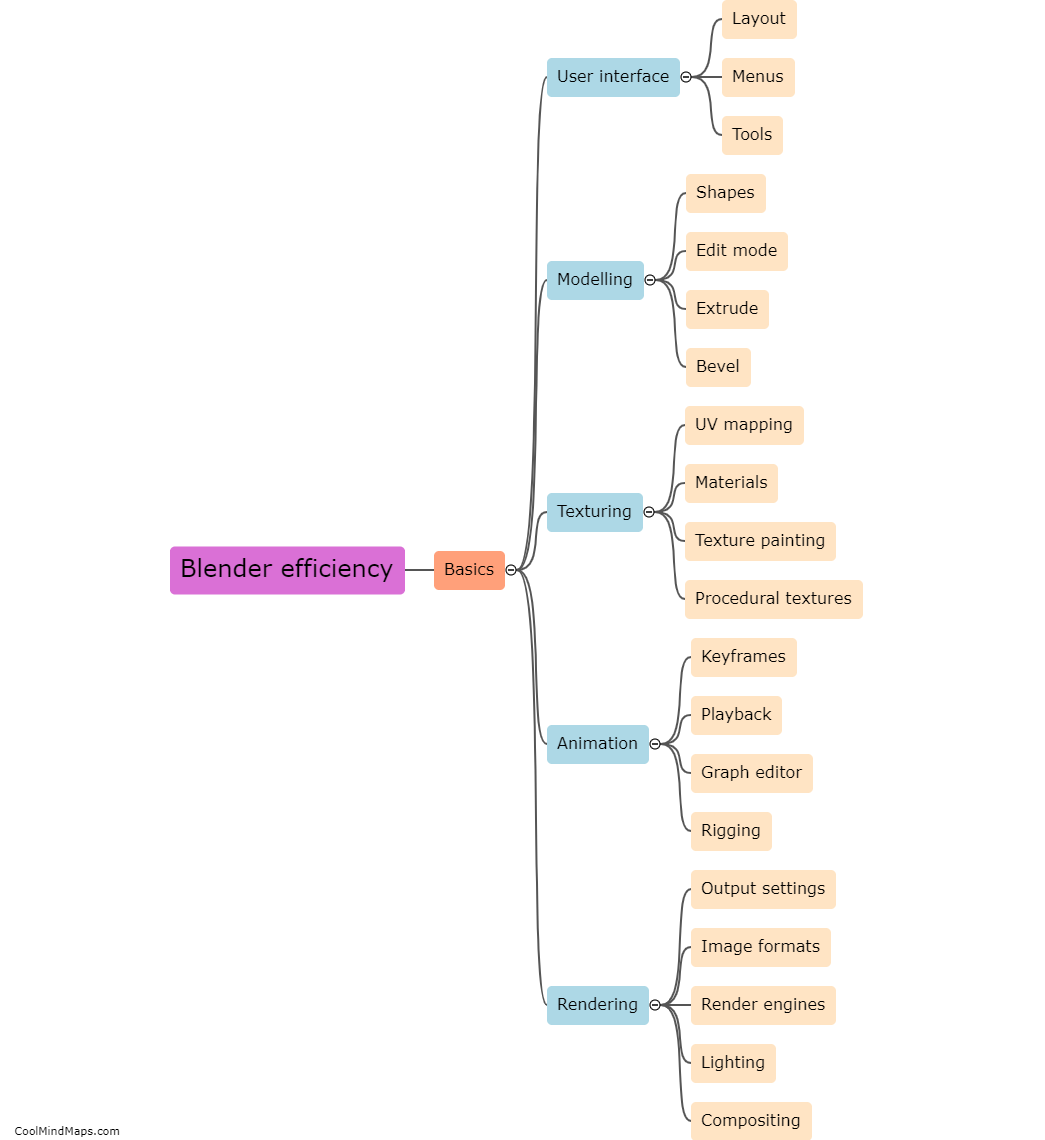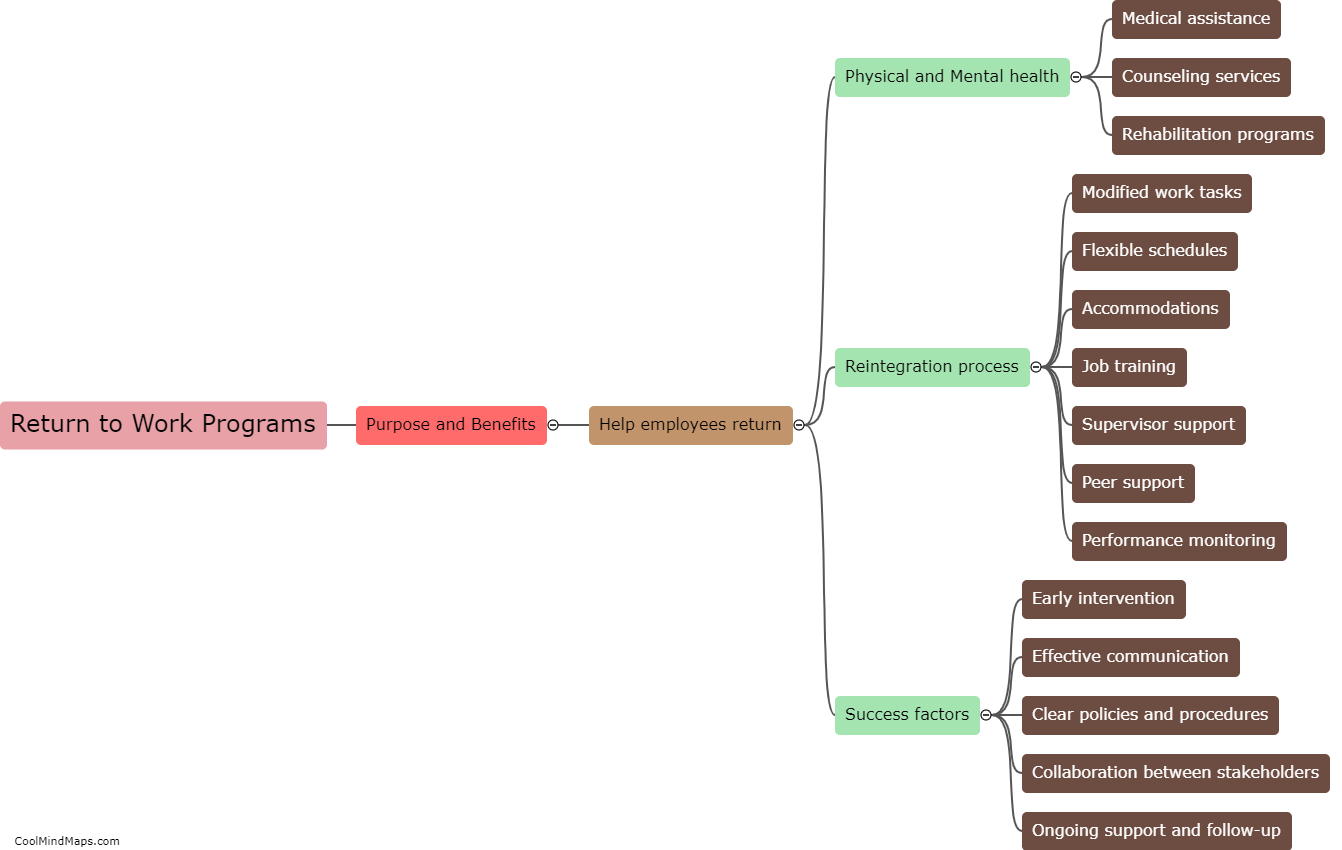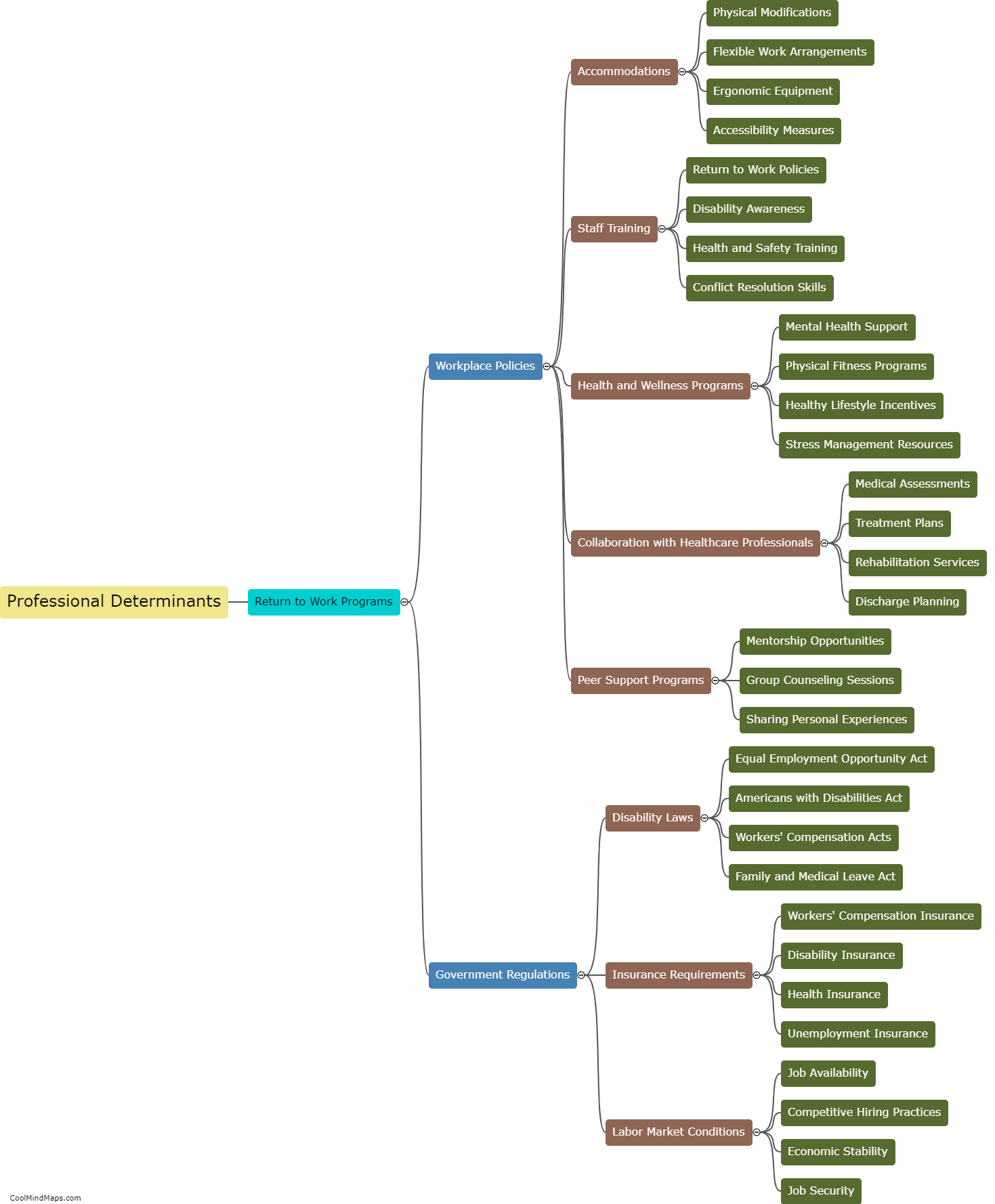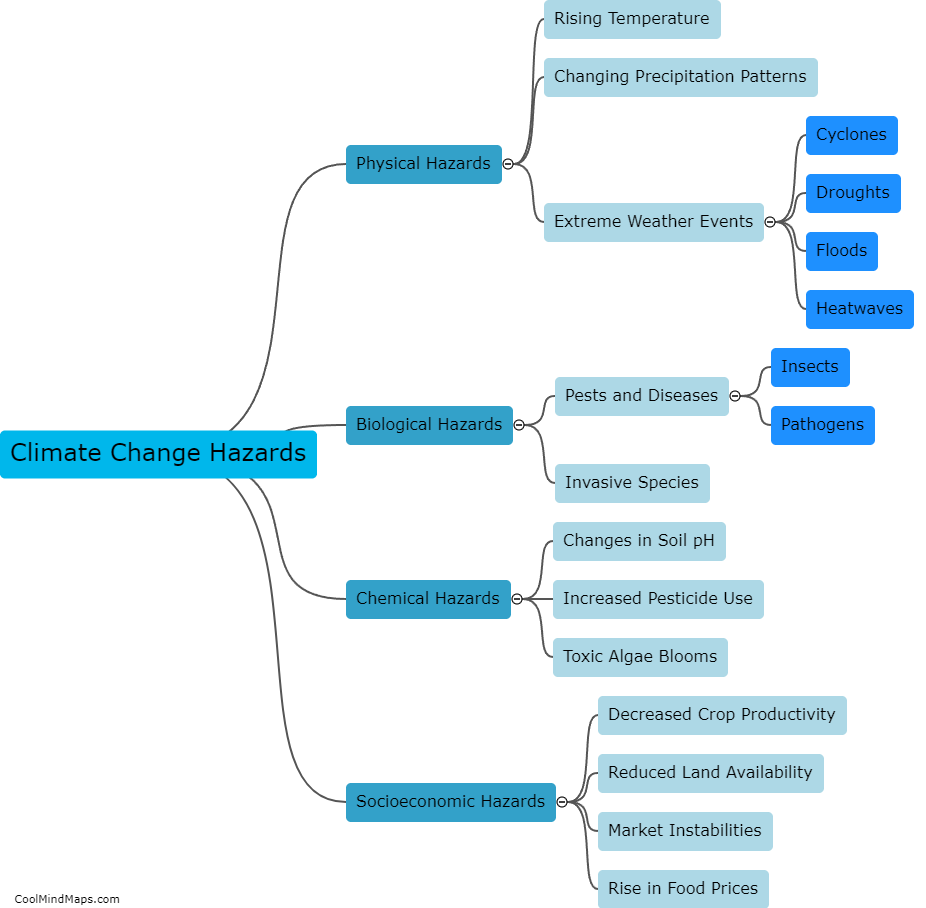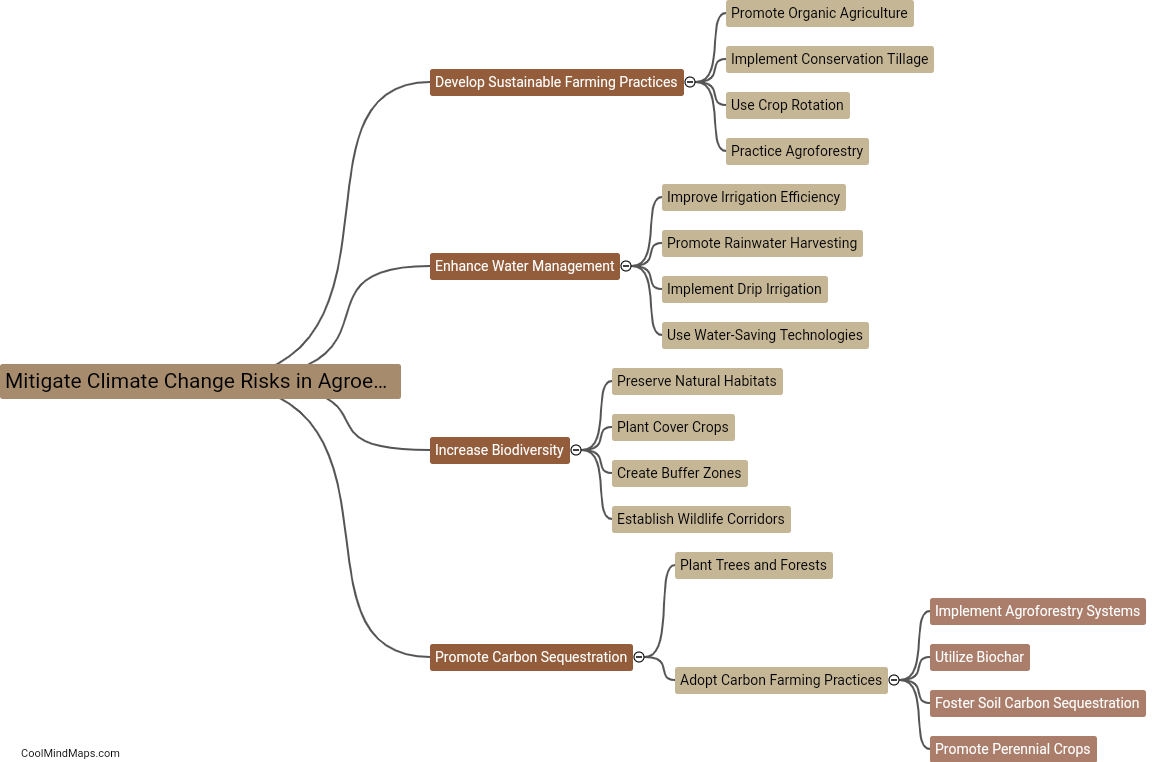How can the reliability of agroecosystems be improved in the context of climate change?
To improve the reliability of agroecosystems in the context of climate change, several strategies can be implemented. Firstly, diversification is crucial. Farmers can diversify their crop selection, using a mix of different crops that are better adapted to varying climate conditions. This helps to reduce the risk of crop failure and ensures more consistent yields. Additionally, integrating agroforestry practices, such as planting trees alongside crops, can provide shade, improve soil health, and act as windbreaks, making the agroecosystem more resilient to climate extremes. Furthermore, implementing water management techniques, such as rainwater harvesting and irrigation systems, can help mitigate the impacts of droughts or water scarcity. Lastly, adopting sustainable farming practices that focus on soil conservation, reduced chemical inputs, and organic farming methods can enhance the health and resilience of agroecosystems in the face of climate change.

This mind map was published on 28 August 2023 and has been viewed 123 times.

